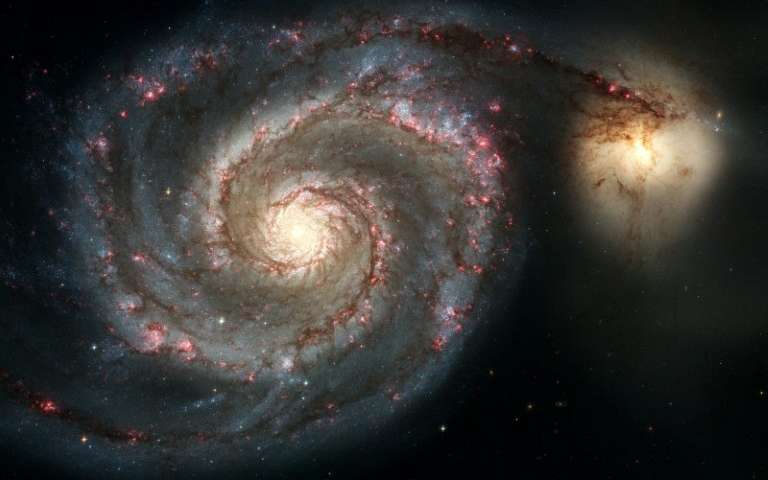What formed our Universe is still a mystery. Many scientists suggest that, after the Big Bang, equal number of matter and antimatter were formed and the energy released from then gave rise to our Universe. But, another group of scientist are of the notion that, during the Big Bang more number of matter were released as compared to the antimatter and this extra amount of matter has given rise to the Universe, the galaxies, the stars and the planets.
Although the concept of matter is clear, it is the antimatter and its properties that has baffled the scientists since centuries. So, the researchers of the latest study decided to give deeper look into this mysterious antimatter. According to them, this antimatter carries a lot of information about the origin or formation of Universe. Hence, the scientists are trying to find that antimatter in the Universe.
The physicists at Europe’s massive underground particle have moved one step closer in figuring out the antimatter particle present in the Universe. They have witnessed an atom of antihydrogen through an experiment in the lab and are claiming that it has properties similar to the antimatter. Jeffrey Hangst of the ALPHA experiment at the European Organisation for Nuclear Research (CERN) said, “What we’re looking for is (to see) if hydrogen in matter and antihydrogen in antimatter behave in the same way.” If the hydrogen matter and antihydrogen antimatter behave in the same way then its fine and if a slight difference is found in their behavior then the scientists would be able to conclude that there is imbalance of matter and antimatter in the Universe. Hence, this will defy the Standard Model of Physics.
But unfortunately, the scientists that carried out the latest and the most precise antimatter experiment did not find any difference between the hydrogen atom and the antihydrogen atom. In a video made by CERN, Hangst said, “So far, they look the same.” At ALPHA, the physicists are concentrating on hydrogen and are trying their best to create most accurate hydrogen and antihydrogen atoms so that they could reach to the exact antimatter particle that is found in Universe. Hangst said, “Although the precision still falls short for that of ordinary hydrogen, the rapid progress made by ALPHA suggests hydrogen-like precision in antihydrogen measurements are now within reach.”
